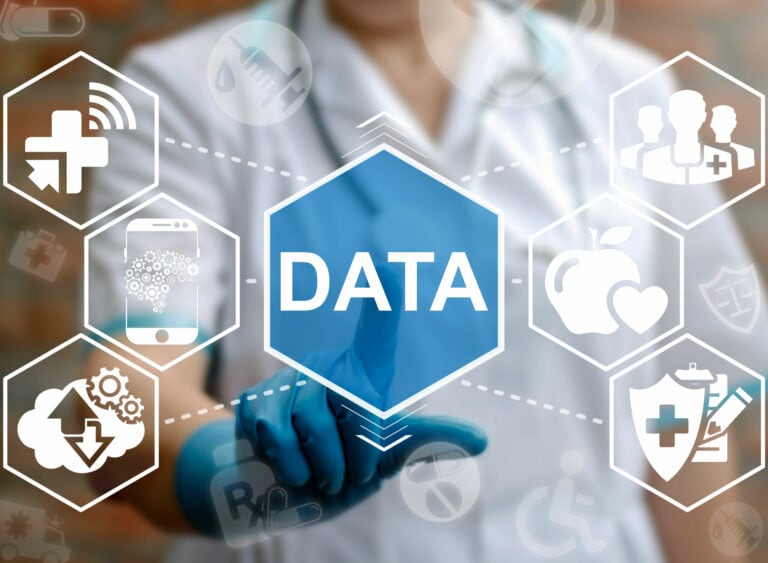Part One – The Early Years
As an advocate for the streamlined exchange of health information via a health information exchange (HIE), I am fascinated by our industry’s remarkable journey. Have you ever wondered how we reached our current state? Today, we take for granted things like HL7 formatted reports and master patient indexes. The foundation of how HIEs support health care includes many remarkable advancements in technology, policy, and workflows. To be a leader in the HIE world today, we need to understand our history.
In the Beginning
What were you doing in October 1999? My guess is, many of you were still in junior high or high school with no idea where your career path would lead. That year I was CIO at a 240-bed post-acute care hospital in Cincinnati. It was Monday, October 18, and I was going into a meeting to discuss the concept of a Regional Health Information Organization (RHIO) known as HealthBridge.
Two years prior, health systems in the greater Cincinnati area had begun to look for ways to cut costs. Nearly every physician practice had a separate terminal and printer for each health system they referred to. The network closet was crowded with T1 lines, frame relays, and even dial-up modems, all of which were supported by the hospitals. A single network connection, PC, and printer would certainly cut costs – but that is not what prompted me to ask our CEO to provide funding for the RHIO. As a post-acute care hospital, we had more than a dozen nurses whose sole job was to visit hospitals, read charts, and track patients’ progress to discharge. We joined RHIO because we saw the potential to streamline that labor-intensive process. (Though that form of technology improvement would not become available until a few years later.)
HIEs Create Value
In November 2000, I joined HealthBridge as the COO. There were no grants and no state or federal handouts available to fund HIEs, so our existence was totally dependent on providing value to the hospitals funding the RHIO. Our HIE product had a Lotus Notes (Google it)-based application called EMR-Lite. It was offered to practices receiving lab results and transcribed reports from health systems. In order to provide the labs and reports in our EMR, we had to build ADT and ORU interfaces with every participating health system, reference lab, and radiology center. All the different HL7 feeds were normalized into a single HL7 format to create a standard report in EMR-Lite. An interesting side note: Each participating health system believed their report format and look gave them a competitive advantage. With EMR-Lite, every report looked the same no matter what system it came from and physicians loved it.
At the time, health systems were providing EMRs to their owned practices in order to tie referrals to them. EMRs were not cheap; building and maintaining the interfaces could cost up to $20-40K per feed – another expense paid by the health systems. An easy and logical next step was to send our normalized HL7 to more than 24 EMR vendors, providing clinical data from all RHIO participants. Our CFO and VP of Business Development at HealthBridge went on to create a service offering that allowed EMRs to acquire data from the RHIO – resulting in a solid revenue builder.
Leading Change with HIEs
So, everybody jumped on board, right? Unfortunately, it was a tough sell. Although the RHIO services were free to all physicians, almost half refused to change and insisted that their reports be delivered by fax, mail, or courier. We had the capability to fax results from the RHIO, but many practices did not want to buy paper. EMR-Lite had a print client for practices to print results and reports to include in patient charts. By utilizing our master patient index, MPI, and the physician directory, our HIE vendor upgraded their print client’s capability to print all results for each individual practice, alphabetically by patient, and the reports were mailed every evening. This service was offered to the health systems at an additional cost. With the three results reporting delivery options, every RHIO participant had shut down its results reporting business to physician practices by 2004.
The Next Frontier – Image Sharing via HIEs
We continued to leverage the functionality of our application to identify and document reportable diseases, send referrals, and provide reports to different registries. However, we never thought about improving the viewing and transferal of radiology images. That concept did not come to fruition until 2008 when our HIE vendor, whom I worked for at the time, partnered with eHealth Technologies.
Watch for the rest of the story, coming soon! In an upcoming blog, we’ll explore “The History of Health Information Exchange, Part Two – Image Exchange’s Impacts in New York State.”
